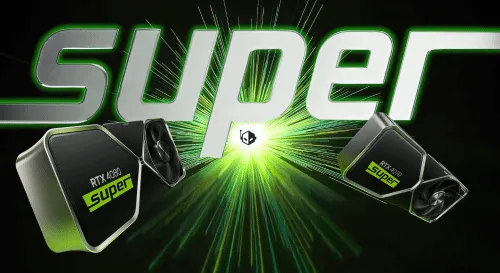Intel(INTC), the chip giant, has unveiled its latest artificial intelligence (AI) chip, Gaudi 3, on April 9th, with expectations of widespread availability in the third quarter.
During the Intel Vision 2024 conference held on the same day, Intel claimed that the new Gaudi 3 chip offers an average 50% improvement in inference capabilities and a 40% improvement in efficiency compared to Nvidia(NVDA)’s H100 chip. Additionally, the speed of running AI models with Gaudi 3 is 1.5 times that of H100. Intel stated that this product will be roughly equivalent to Nvidia’s latest H200 chip, and in some areas, it may even outperform it.
Intel tested the chip on models such as Llama, which is open source, and Falcon, supported by Abu Dhabi. The company stated that the new Gaudi 3 can assist in training or deploying models, including stable diffusion or OpenAI’s Whisper model for speech recognition. Intel claimed that its chips have lower power consumption compared to Nvidia’s.
The new Gaudi 3 chip from Intel is set to be widely available to customers in the third quarter, with companies including Dell, HP, and Supermicro planning to utilize the chip. However, Intel did not provide a price range for Gaudi 3.
Das Kamhout, Vice President of Intel’s Xeon Software, stated, “We do expect it to be highly competitive with Nvidia’s latest chips, from our competitive pricing to our unique open integrated chip network where we use industry-standard Ethernet.” “We believe this is a strong product.”
Sachin Katti, Senior Vice President of Intel’s Network Group, mentioned during a conference call, “We are working with the software ecosystem to build open reference software and building blocks that allow you to stitch together the solution you need rather than being forced to buy a solution.”
According to Intel, the Gaudi 3 chip is manufactured using 5-nanometer process technology, indicating that the company is utilizing external foundries for chip production. In addition to designing Gaudi 3, Intel also plans to produce AI chips at a new factory in Ohio, expected to commence operations in 2027 or 2028.
However, challenging Nvidia is no easy task. According to statistics, Nvidia currently holds an 80% share of the AI chip market, making it a dominant player. Over the past year, the company’s GPUs have been the preferred high-end chips for AI manufacturers.
In addition to the Gaudi 3 accelerator, Intel(INTC) has also released another hardware: the sixth-generation Xeon processor. It provides high-performance solutions for running current generation AI solutions, including RAG. It is set to be launched in the second quarter of this year.
Compared to the second-generation Intel Xeon processors, the sixth-generation Xeon processor, codenamed Sierra Forest, offers a four-fold increase in performance per watt and a 2.7-fold increase in rack density.
The sixth-generation Xeon processor, codenamed Granite Rapids, incorporates software support for the MXFP4 data format. Compared to the fourth-generation Xeon processor using FP16, its next token latency can be reduced by up to 6.5 times, and it can run the Llama-2 model with 70 billion parameters.
As of the close of April 9th, Intel’s stock was at $38.33, up 0.92%, with a market capitalization of $163.17 billion. In response to this news, Nvidia continued to decline by over 2%. Perhaps it’s time to sell Nvidia(NVDA) stocks.